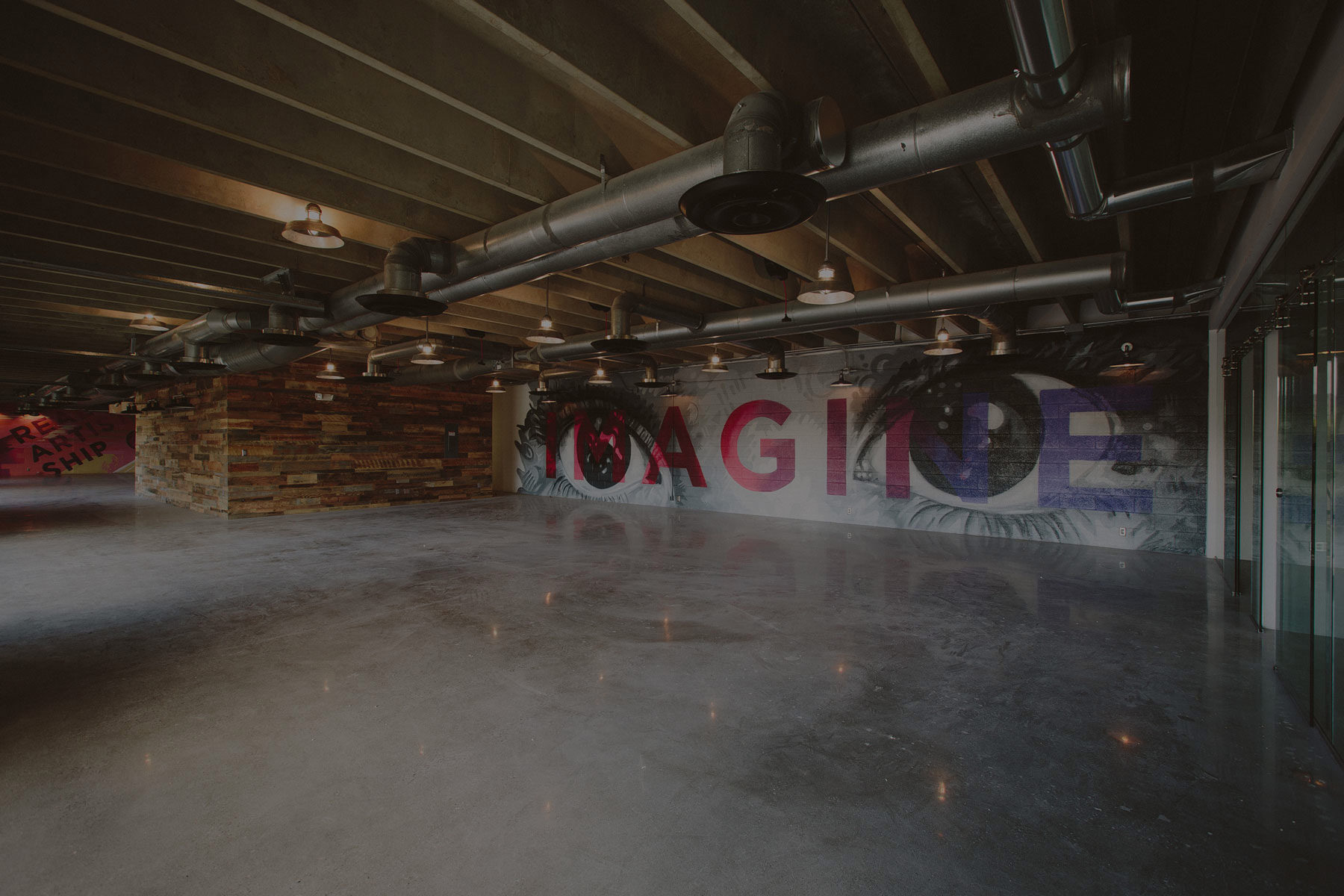Recently, Tanner Labs opened up their doors and invited in the public, providing me the perfect opportunity to find the support I need.
I approached Gilbert Lee with these questions. He is a former employee of the LDS Church (where I work now) and a VP of Digital Design for Tanner Labs. I hoped he would have some ideas how I could move toward the kind of success they’re seeing with Tanner Labs.
 Photo of Tanner Labs new office space
Photo of Tanner Labs new office space
Gilbert was very gracious with his time and advice. Here are a few simple things that set the stage for the success of his design team.
1. No Meetings in the Morning
Meetings can wait. Let’s do some actual work.
2. One Designer, One Project
Part of Gilbert’s philosophy is that a designer is only assigned to one project at a time. He really wants his designers to dive deep in a project. Designers need time to understand the business or product needs. They also need time to shepherd the product through development. Additionally, development and implementation will reveal insights that the designer can leverage to improve the overall solution. If a designer can focus on one project, they will have the time and opportunity to design a total solution.
3. Daily Design Reviews
From his experience at Domo, Gilbert learned the value of submitting his work for daily review. The CEO went through every screen shot, quickly accepting or rejecting what he saw. Obviously for a designer this is a painful experience. Gilbert didn’t even get to explain his thinking. But he found it enabled him to be more successful. He was kept closer to what was needed and avoided the pitfalls of the ‘big reveal’.
Gilbert requires his team to submit designs daily. They are submitted via email without explanation. They are sent to Gilbert and to the product manager. The product managers are instructed to give feedback in person or by phone—never by email.
4. The Power of ‘Yes’
Often a product manager will ask for something that isn’t a good idea. Gilbert’s approach is to give them what they asked for and also give them what they should have asked for. This approach makes for a much better conversation. The client has been heard and knows it. They also know that the designer is thinking critically about the work and cares about the manager’s success. If you just show your own idea while ignoring the ideas of others, they won’t be able to see your genius.
Thank you!
I am so grateful to Gilbert for spending his time to encourage and instruct me. It gives me confidence that I can take my team in a direction that will be both challenging and rewarding. Thanks Gilbert!





